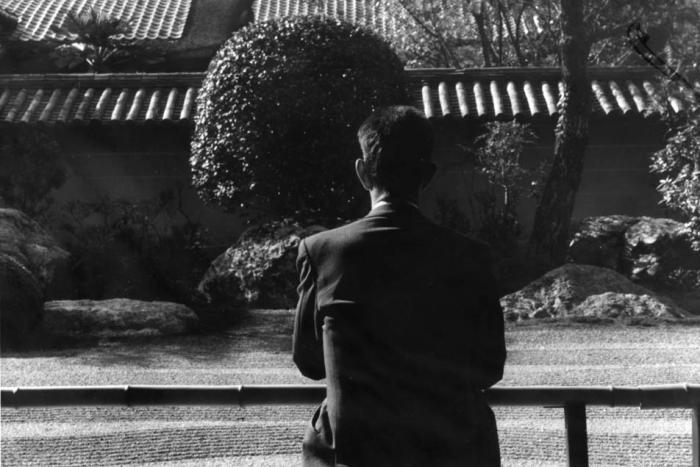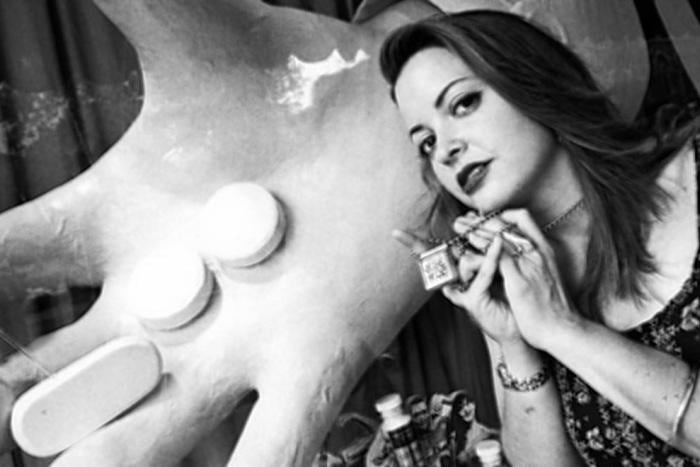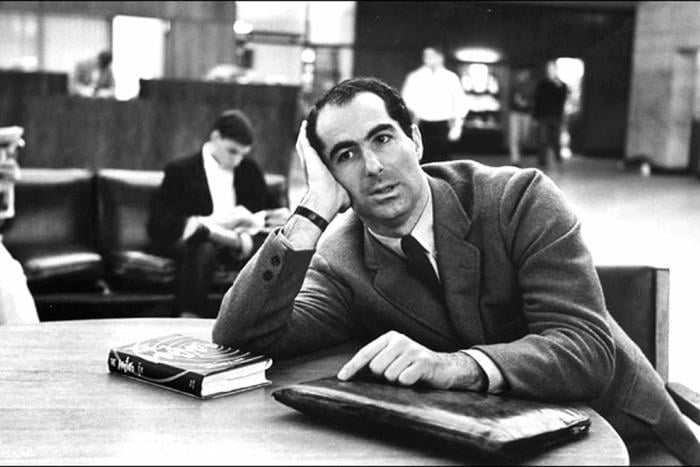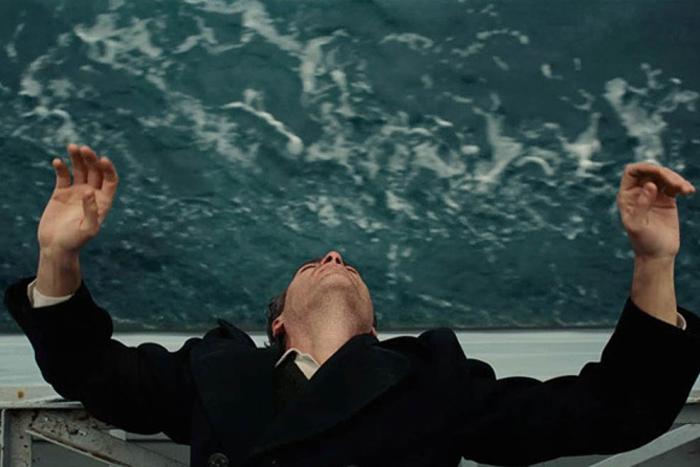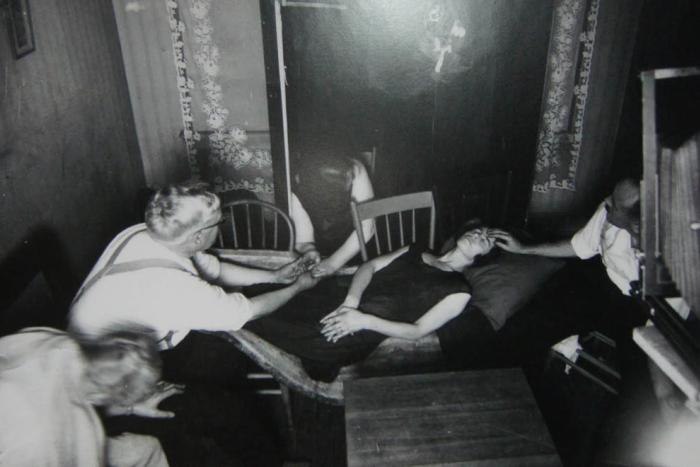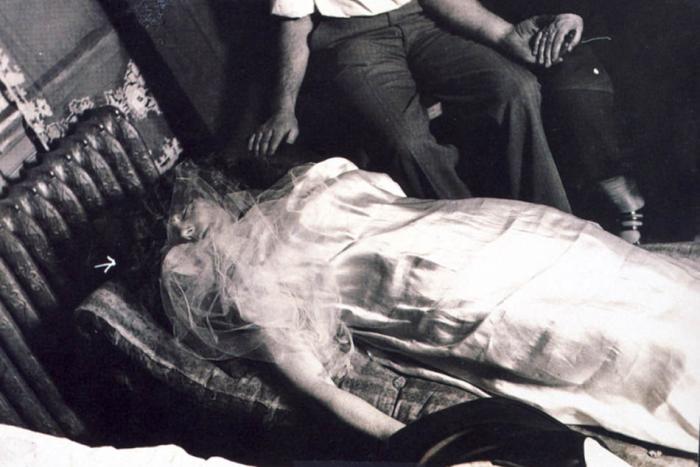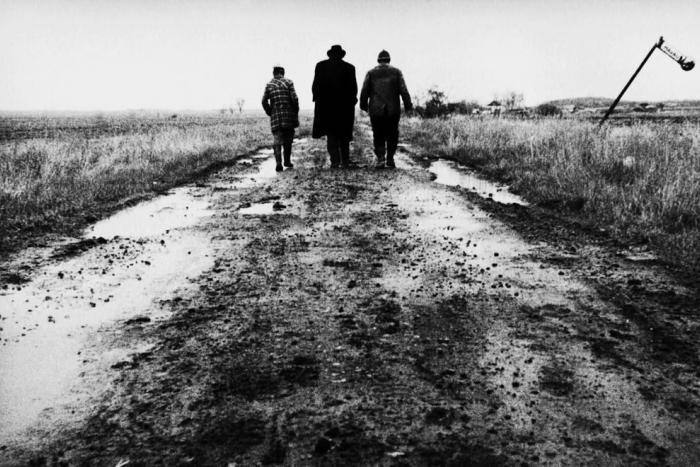Why do anything when you can just think about it? No, really. Writers like Geoff Dyer and Lars Iyer (author, most recently, of the novel Exodus) have turned this into a philosophy.
Lost Library
The Latest
As the recent kerfuffle over Richard III's remains demonstrates, the famous dead are a boon, to cemeteries and cities alike. It may seem crass banking on a star's remains, but for the consumer, there's something about standing by an icon's final resting place.
Few literary forms irk readers more than the confessional; but few literary forms draw them in quite as reliably. So what makes a confessional artful, and what makes it crass? Exhibit A: Elizabeth Wurtzel and Nicholson Baker.
Why Philip Roth's retirement—we'll see about that—doesn't herald the end of the archetype he helped invent: the self-obsessed, self-recriminating, somehow lovable jerk. Nathan Zuckerman lives on in a new generation of artists.
Over his thirty years of writing about film, including the landmark essay “White Elephant Art vs. Termite Art,” Manny Farber challenged the pretentions of art house cinema while celebrating the inventiveness of B-movies. Today, Farber's criticism deserves to be read as itself a kind of art.
Once the transportation hub of Canada, Winnipeg was also a nerve centre of psychic investigations thanks to the work of Dr. Thomas Glendenning Hamilton in the early 20th century. And still today, with more funeral homes than Starbucks, it remains a world capital of creepy. (Which is intended as a compliment.)
Sometimes a book or movie doesn't behave the way it's supposed to, especially if it strives for the perversely dull. But sometimes boring art works when there's no good reason it should. Dreary revelations from a marathon double-bill of the plotless 430-page memoir My Struggle, and the seven-hour Hungarian film epic Satantango.
Pagination
- Previous page
- Page 5
-
next >

